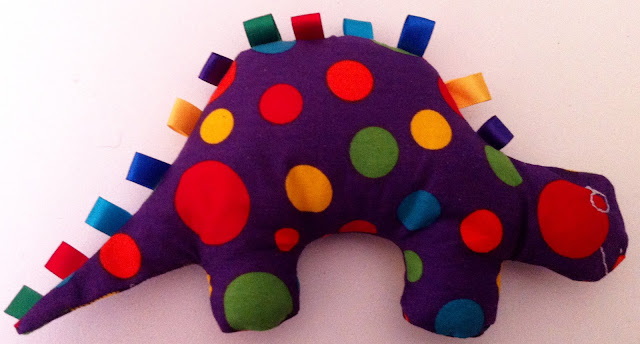Figure 1: The Hare and Artichoke Bowl, completed May 2013.
I am feeling super proud of this bowl. The colours are wonderfully balanced and the shading on the hare turned out better than anticipated. I really enjoyed painting this bowl due entirely to it's shape. I admit, the internal rim was a little challenging, but the bowl was handsized allowing me to hold and spin it as I painted. This also freed me up to paint this on the couch in front of the heater. A prefered position during winter! Typically I paint in the kitchen as the lighting is best, but my toes tend to freeze and go numb. Also, now that Dash is home most days, I can't paint when he's walking around as he tends to galoomph and move the floorboards which jiggle the table. So, yay for heater and loungeroom!
Under-under-glaze
I laid down yellow leaves under the green and brown to ensure that I got the fine vein details right as I knew painting them would be thicker and possibly wouldn't show up. Pre-firing (figure 2) you can't tell the bottom layers are there but they've come out during firing. Not too big an issue and actually really effective. This under-underglaze has added a beautiful colour range to the thistle.
Figure 2: The hare bowl pre-firing. The pastel colours really grew on me and I was a little reluctant to fire this piece.
"The basin is covered with a tin-opacified glaze which gives a bright
white covering on which the design is painted. This type of decorative
glazing is known as 'maiolica' in Italy. The image on the basin is a
hare standing in front of what apears to be an artichoke. Artichokes may
have been cultivated in Italy as early as the 9th century."
The white and brown leaves on my replica don't pop as well as those on the original. I think this is due to the fact the green increases intensity towards the leaves on the original. On mine, as such shading is a challenge, I made the green solid. They stand out more than I wanted as a result.
Under-glaze pencil
The big experiment for this bowl was on the back (figure 4). Glazeit use a black underglaze pencil to number their items so they know who they belong to. They've stopped doing it to my plates as I'm such a frequent customer and have such unique items. The back of the original had an angel clutching a stem (on an artichoke?) in purple manganese on the back. It's quite hard to make out but the lines are very fine. I wanted to replicate this without glaze blotchyness strong lines so I borrowed Sigal's underglaze pen and went over the sketch I'd made on the back. Alas, the pen and greylead look the same before firing so I forgot to complete the stem.
As the original is so hard to make out, I couldn't decide if the angel has his back to the audience, clutching the stem and laying the side of his head against it OR if he is side on and laying his forehead against it. I opted for the back view. The result is not as spectactular as the front but true to the original.
I like the idea of sketchin though I'm not so good at it. I might do some research and then talk to Sigal and invest in some under-glaze pencils. They're probably expensive but it'll be nice to experiment further.
 |
 |
| Figure 4a) The back of the original dish with hanging loops so dish can be displayed and an angel in manganese. |
Figure 4b) Underglaze pencil interpretation of the angel/cherub. |









.jpg)
